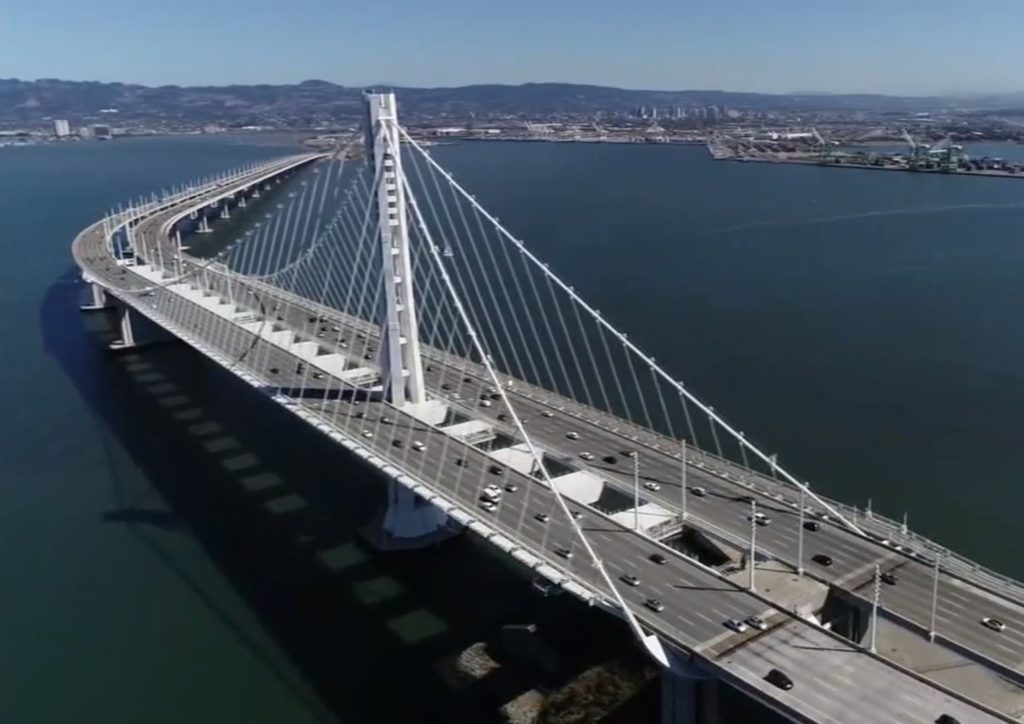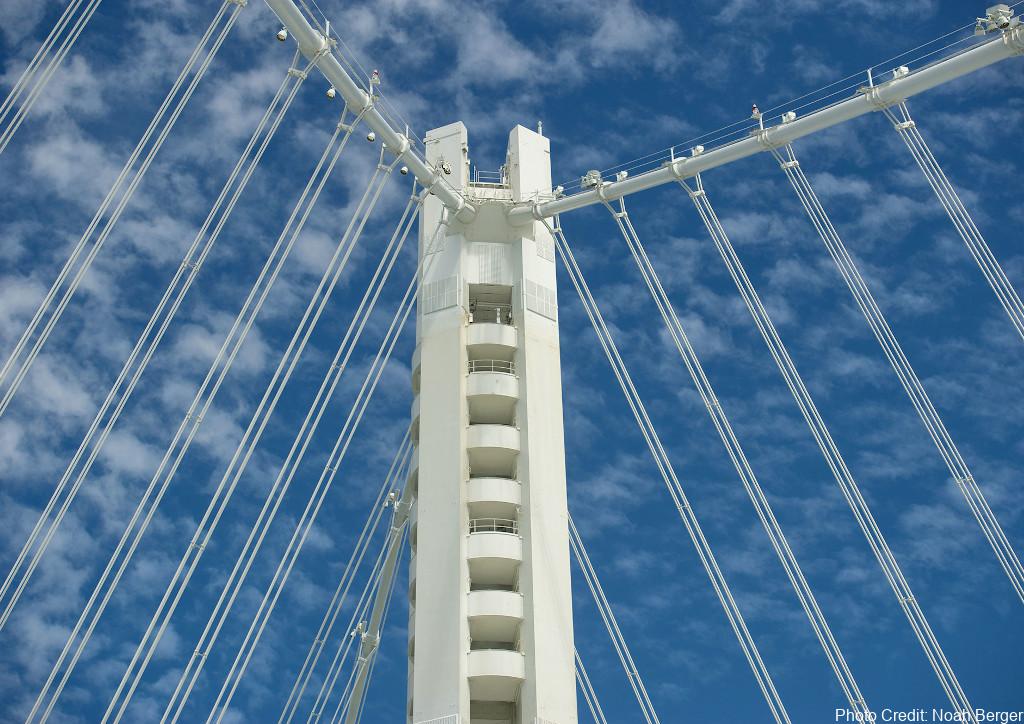Should you have any query, please do not hesitate to get in touch with me by clicking on the "Contact" icon.
I look forward to hearing from you.
Should you have any query, please do not hesitate to get in touch with me by clicking on the "Contact" icon.
I look forward to hearing from you.


The San Francisco-Oakland Bay Bridge was constructed in the mid-1930s for a total of 13km long; it was one of the longest high-level bridges in the world at the time.
In 1989, the Loma Prieta earthquake, measuring 7.1 on the Richter scale and centered 113km south of San Francisco, caused a 15m section of the upper deck of the East Span of the San Francisco-Oakland Bay Bridge to collapse. A more severe earthquake has been forecasted to occur with significant damage to the existing East Span’s truss structures, with possibility of partial structural collapse. Californian Senate Bill 60 authorized funding for the design and construction of a replacement structure for the East Span of the Bay Bridge to become one of the major signature bridges of the 21st century.
A self-anchored suspension bridge with a single-pylon of 161m height, with a back span and main span of 180m and 385m, respectively, was proposed and finally selected. One of the singularities of this bridge is the single tower composed of four (4) pentagonal slender tapered box sections connected by transverse shear-links. These shear-link and tower connection has been the objective of study at the University of California San Diego (UCSD) and University of Nevada Reno (UNR).
Responsible for the design and detailing of the main tower that includes tower shaft and diaphragms, tower anchorage, and tower saddle design, while maintaining a slender and graceful design of the Tower. Also responsible for the laboratory testing of the shear link elements due to their non-linear behavior during seismic event.
